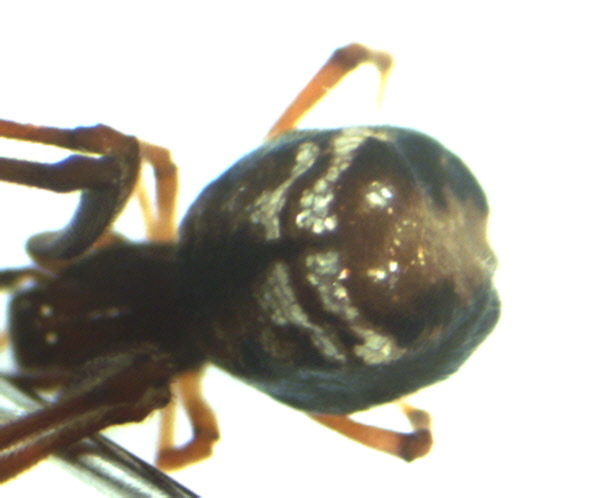Tag: United States
-
The other founding fathers: the SUPERINTENDENTS of insanity
Picture this: While the rest of America was busy manifesting destiny, these thirteen madcap mind-menders were cooking up a scheme to rule the nation’s noggins. They met in Philadelphia, because where else would you start a revolution of the psyche? It’s like they looked at the Founding Fathers and thought, “Pfft, amateurs. Watch this!” These…
-

Erich Traub (1906 – 1985) German veterinarian, scientist and virologist who specialized in foot-and-mouth disease, Rinderpest and Newcastle disease
Erich Traub worked directly for Heinrich Himmler, head of the Schutzstaffel (SS), as the lab chief of the Nazis’ leading bio-weapons facility on Riems Island. Note: Riems is home to the oldest virological research institution in the world, now called the Friedrich Loeffler Institute, which was built by Friedrich Loeffler in 1910. Loeffler, a professor at the University of Greifswald, ran filtration tests in 1898 and found…
-

Autochthon and allochthon
An autochthon in structural geology is a large block or mass of rock which is in the place of its original formation relative to its basement or foundation rock. It can be described as rooted to its basement rock as opposed to an allochthonous block or nappe which has been relocated from its site of formation usually by low angle thrust faulting. For other possible mechanisms see obduction.…
-

Argyrodes pluto is a species of cobweb spider and kleptoparasite
Argyrodes pluto is a species of cobweb spider in the family Theridiidae. It is found in the United States, Mexico, and Jamaica. Argyrodes, also called dewdrop spiders, is a genus of comb-footed spiders that was first described by Eugène Louis Simon in 1864. They occur worldwide, and are best known for their kleptoparasitism. They can spin their own webs, but tend to invade and reside in their hosts’ webs. This relationship…
-

Long-nosed god maskettes are artifacts made from bone, copper and marine shells
Long-nosed god maskettes are artifacts made from bone, copper and marine shells (Lightning whelk) associated with the Mississippian culture (800 to 1600 CE) and found in archaeological sites in the Midwestern United States and the Southeastern United States. They are small shield-shaped faces with squared-off foreheads, circular eyes, and large noses of various lengths. They are often shown on Southeastern Ceremonial Complex representations of falcon impersonators as ear ornaments. Long…
-

Shell gorgets
Shell gorgets are a Native American art form of polished, carved shell pendants worn around the neck. The gorgets are frequently engraved, and are sometimes highlighted with pigments, or fenestrated (pierced with openings). Shell gorgets were most common in Eastern Woodlands of the United States, during the Hopewell tradition (200 BCE– 500 CE) and Mississippian cultural period (ca. 800–1500 CE); however, tribes from other regions and time periods…
-

Phrygian cap notes
The Phrygian cap or liberty cap is a soft conical cap with the apex bent over, associated in antiquity with several peoples in Eastern Europe and Anatolia, including the Persians, the Medes and the Scythians, as well as in the Balkans, Dacia, Thrace and in Phrygia, where the name originated. The oldest depiction of the Phrygian cap is from Persepolis in Iran. This article is about the headgear. For the medical term, see Phrygian cap (anatomy). Although Phrygian…
NOTES
- 🧬 Disease Table with Low Sodium Connection
- 🧂 Sodium Reduction and Sodium Replacement: A History of Reformulation and Exploding Diseases, Including Many Diseases Unheard of Before Deadly Sodium Policies
- 🧂 The DEADLY 1500 mg Sodium Recommendation predates the WHO’s formal global sodium reduction push by nearly a decade (and it’s even worse than that)
- 🧬 What Is Beta-Glucuronidase?
- When Sugar Was Salt: Crystalline Confusion and the Covenant of Sweetness
Tags
ADAM ASPARTAME Birds Blood Bones Brain Bugs Cancer Columba Cows crystallography Death Death cults Eggs Etymology Gastrin Gold Growth hormone History Hormones Insulin Liver Mere Perplexity Metal Monkey Business Mythology Paracetamol Plants Poison Pregnancy Protein Religion Reproduction Rocks Salt Slavery Snakes Sodium the birds and the bees Thiocyanate Tobacco Tylenol Underworld Venom zinc

